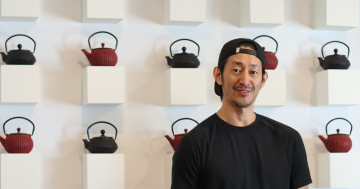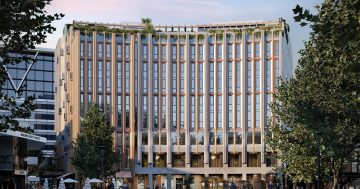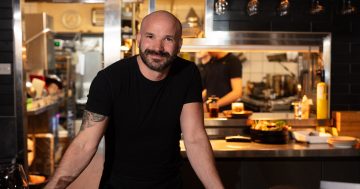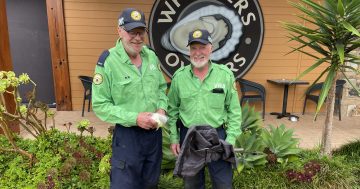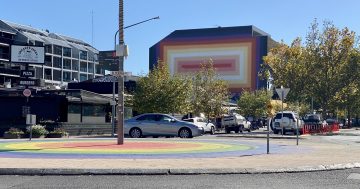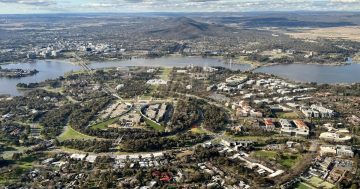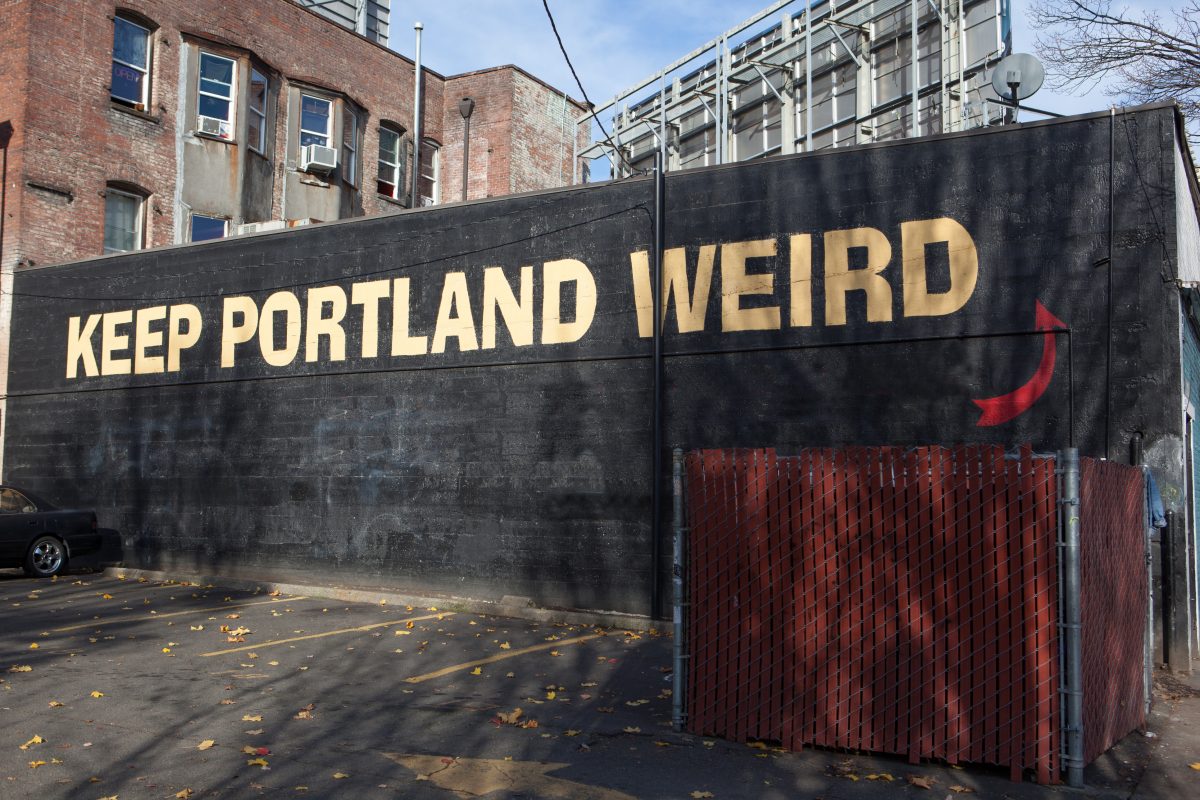
Keep Portland weird? What would they say about Canberra? Photo: Silvrshooter.
In the three days I spent in Portland, Oregon, the downtown area was almost empty of pedestrian activity.
We could walk for blocks and only see a handful of people. Museums and tourist attractions were of a high quality but located on quiet streets with no one around. There wasn’t an easy pattern to the city to find where ‘things happened’ – instead, disparate areas held their own vibes, and even these were largely muted in energy.
On our third day, I turned to my partner and said, “I think I finally understand what people are talking about when they visit Canberra and say it was ‘dead’ or there was no one around doing anything”. Navigating as a visitor was strange, but it didn’t detract from my enjoyment of the city.
We had come from New York, where arguably there is never a moment where things aren’t happening, sometimes to the point of sensory exhaustion. When people think of cities and talk about vibrancy, this is usually their point of reference – streets packed with people, bars and restaurants open and full of patrons, shows and events on every night, etc. You can turn down any street in New York and generally find something.
But perhaps because we live in Canberra, we weren’t at all dissuaded by the lack of city ‘buzz’ and energy in Portland. Instead, over the course of our visit, we sought out unusual historical sites in areas that didn’t house a cluster of tourist spots but instead had one thing of note at a time. We found restaurants owned by locals with a passion for the cuisine they served and markets that looked small and quiet at first site but opened up to be full of local artists selling incredible pieces and who were willing to chat about their city amiably with strangers.
We spent a day walking in the Hoyt Arboretum and then caught a play in a tiny independent theatre located in an industrial area behind a train track that looked completely deserted when we arrived but revealed itself to be a beautiful, cosy space showcasing minority artists.
Portland was a delight, but it took scratching beneath the surface to uncover its treasures. I felt it was similar to Canberra – where there are shows, theatre performances and live music on most nights of the week if you’re willing to find them, where we have some truly outstanding cafes, bars and restaurants, just sometimes located in areas you might not expect, and where you might find streets very quiet or empty in parts of the day, but people are friendly and willing to chat or help out a stranger if asked.
With all that said, I could completely see how the dispersed nature of our city centre and various attractions, the need to drive between most places, and the lack of clear visual activity to draw people could be alienating to a visitor. As we left Portland, I said to my partner that I thought we would have had an even better time if we knew someone who lived there who could show us everything we couldn’t easily find on our own, and I think that’s true of visiting Canberra as well.
But just like Portland and so many other medium-sized cities that offer a fantastic lifestyle to residents, Canberra is the type of place you have to hunt out the excitement in, but the rewards are plentiful if you put the effort in.














